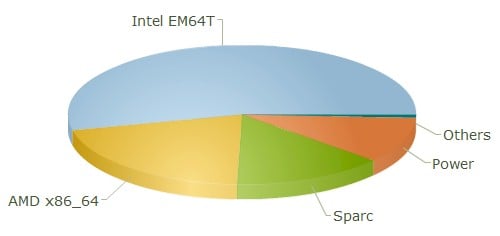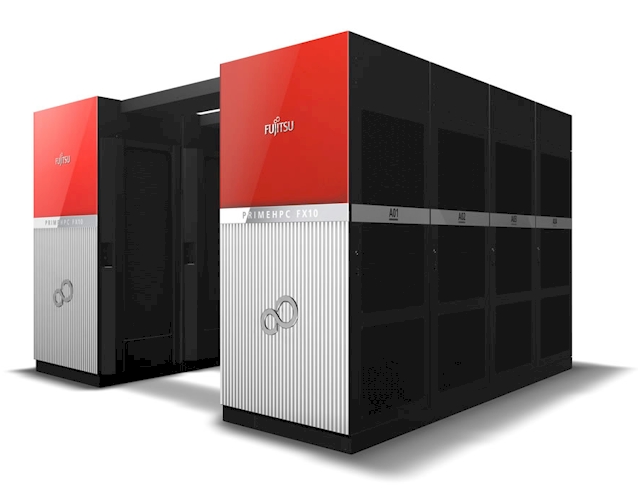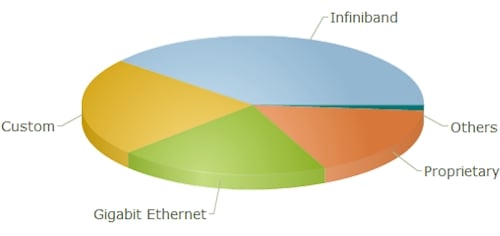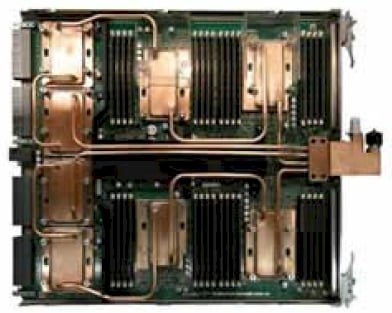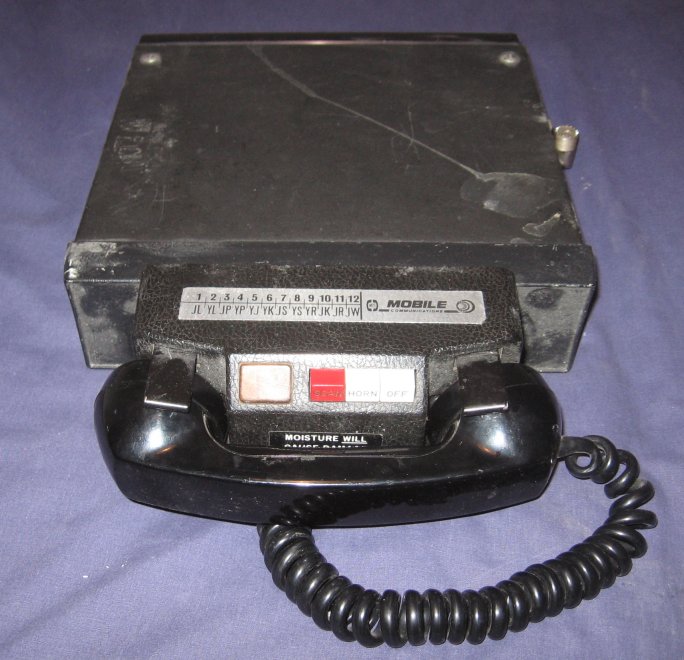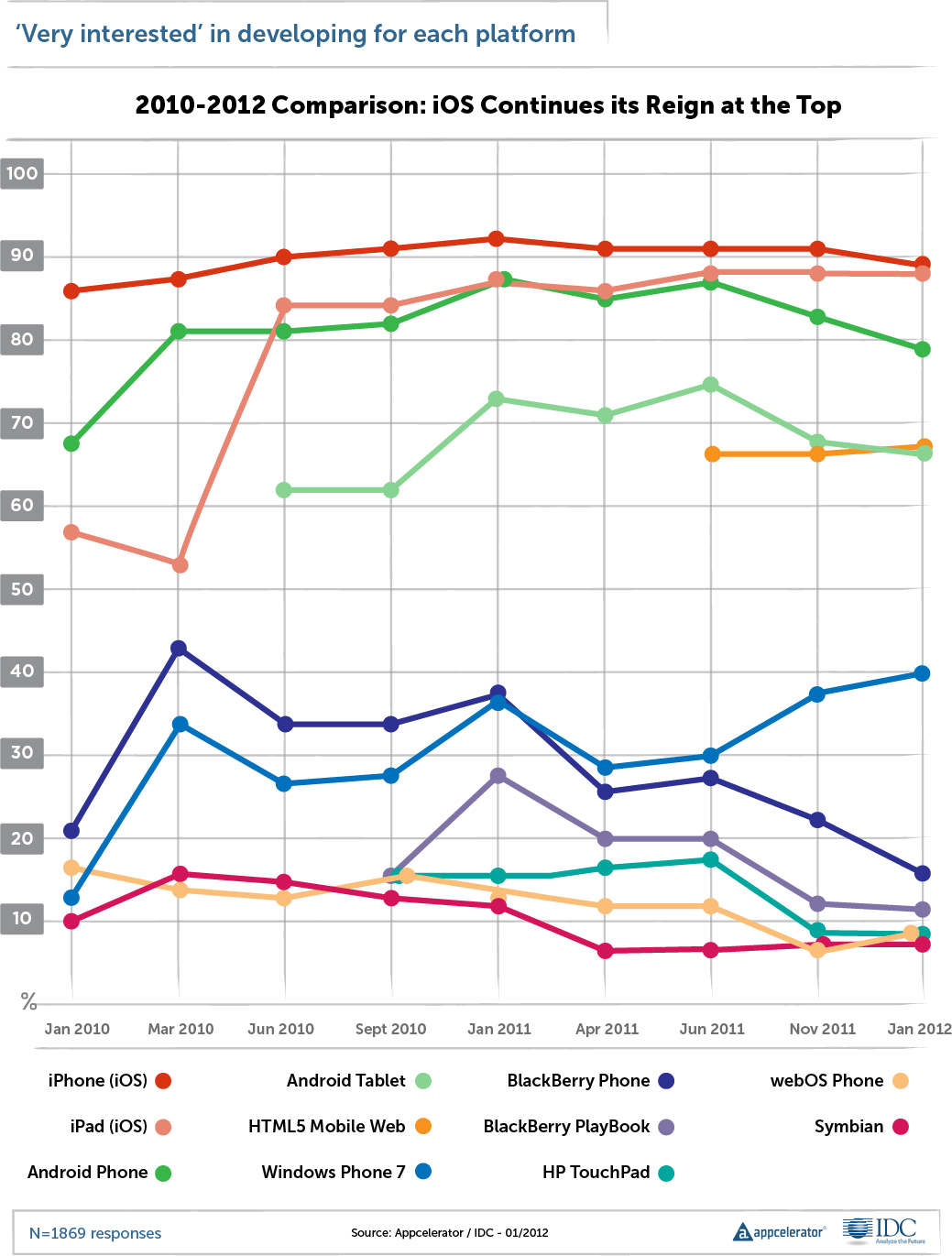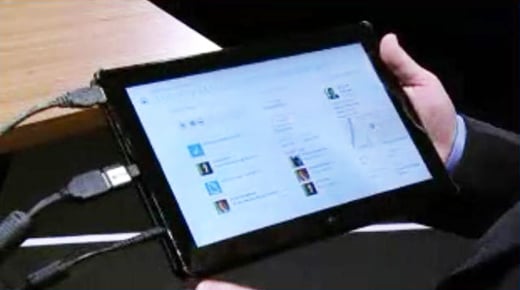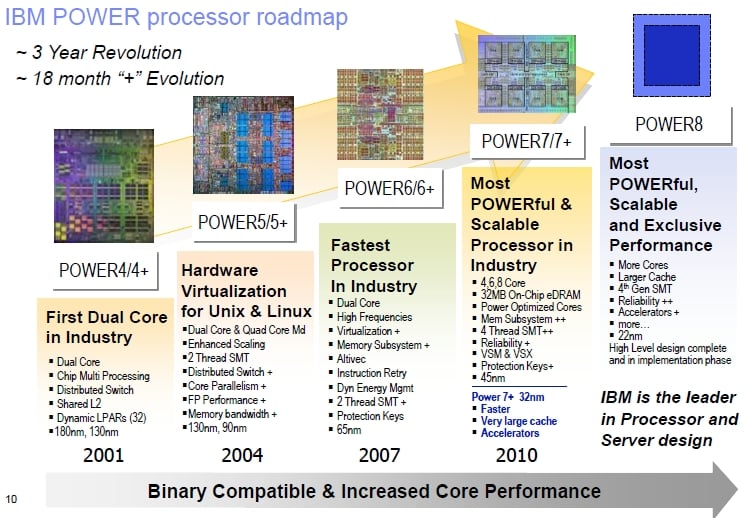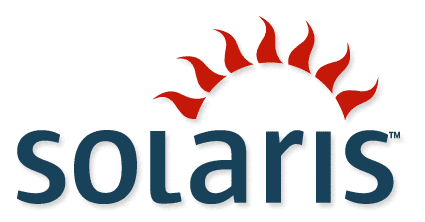
SSH Key Debugging: Public and Private Keys
Abstract:
There have been several articles published on forwarding ports with SSH over an encrypted tunnel and setting up automatic SSH Auto-Login using an encrypted ssh tunnel. This is the third in the series, discussing a particular problem when differing clients experience differing login symptoms while trying to log into a common server.
Solaris 10 Client Symptom:
If a Solaris 10 Client can not get a password prompt on a server, you might get the following error:
solaris10/user$ ssh badserverSolaris 9 Client Symptom:
no common kex alg: client
'diffie-hellman-group-exchange-sha1,diffie-hellman-group1-sha1', server
'gss-group1-sha1-toWM5Slw5Ew8Mqkay+al2g=='
If a Solaris 9 Client can not get a password prompt on a server, you might get the following error:
solaris9/user$ ssh badserver
no kex alg

Solaris Server Root Cause:
If the Solaris 9 and Solaris 10 clients are trying to attach to the same server, check to see if your private and public ssh host keys are missing in your /etc/ssh directory:
badserver/root# ls -al /etc/sshThe /etc/ssh directory should look more like the following:
-rwxr-xr-x 1 root sys 88301 Jan 21 2005 moduli
-rwxr-xr-x 1 root sys 861 Jan 21 2005 ssh_config
-rwxr-xr-x 1 root sys 5025 Aug 6 2010 sshd_config
goodserver/root# ls -al /etc/sshCreating Server Keys:
-rw-r--r-- 1 root sys 88301 Jan 21 2005 moduli
-rw-r--r-- 1 root sys 861 Jan 21 2005 ssh_config
-rw------- 1 root root 668 Apr 10 2009 ssh_host_dsa_key
-rw-r--r-- 1 root root 602 Apr 10 2009 ssh_host_dsa_key.pub
-rw------- 1 root root 887 Apr 10 2009 ssh_host_rsa_key
-rw-r--r-- 1 root root 222 Apr 10 2009 ssh_host_rsa_key.pub
-rw-r--r-- 1 root sys 5372 Feb 12 21:49 sshd_config
-rw-r--r-- 1 root sys 5106 Dec 15 12:30 sshd_config.orig
Log into the server, refusing connections with errors and missing the ssh host keys, and create the keys.
badserver/root# cd /etc/sshRestarting SSH Service:
badserver/root# /lib/svc/method/sshd -c
Creating new rsa public/private host key pair
Creating new dsa public/private host key pair
badserver/root# ls -al ssh_host*key*
-rw------- 1 root root 668 Mar 28 22:26 ssh_host_dsa_key
-rw-r--r-- 1 root root 602 Mar 28 22:26 ssh_host_dsa_key.pub
-rw------- 1 root root 887 Mar 28 22:26 ssh_host_rsa_key
-rw-r--r-- 1 root root 222 Mar 28 22:26 ssh_host_rsa_key.pub
Once the SSH server public and private keys have been created, the ssh service needs to be restarted, in order to leverage the new private keys.
badserver/root# /usr/bin/svcs sshValidating Repair:
STATE STIME FMRI
online May_21 svc:/network/ssh:default
badserver/root# /usr/sbin/svcadm restart ssh
The final step in any repair is validation. In this case, the ssh is attempted.
solaris10/user$ ssh badserver
Last login: Wed Mar 28 22:48:57 2012 from solaris10
Oracle Corporation SunOS
5.10 Generic Patch January 2005
INTR=Ctrl-C ERASE=Ctrl-H KILL=Ctrl-U
badserver/user$
